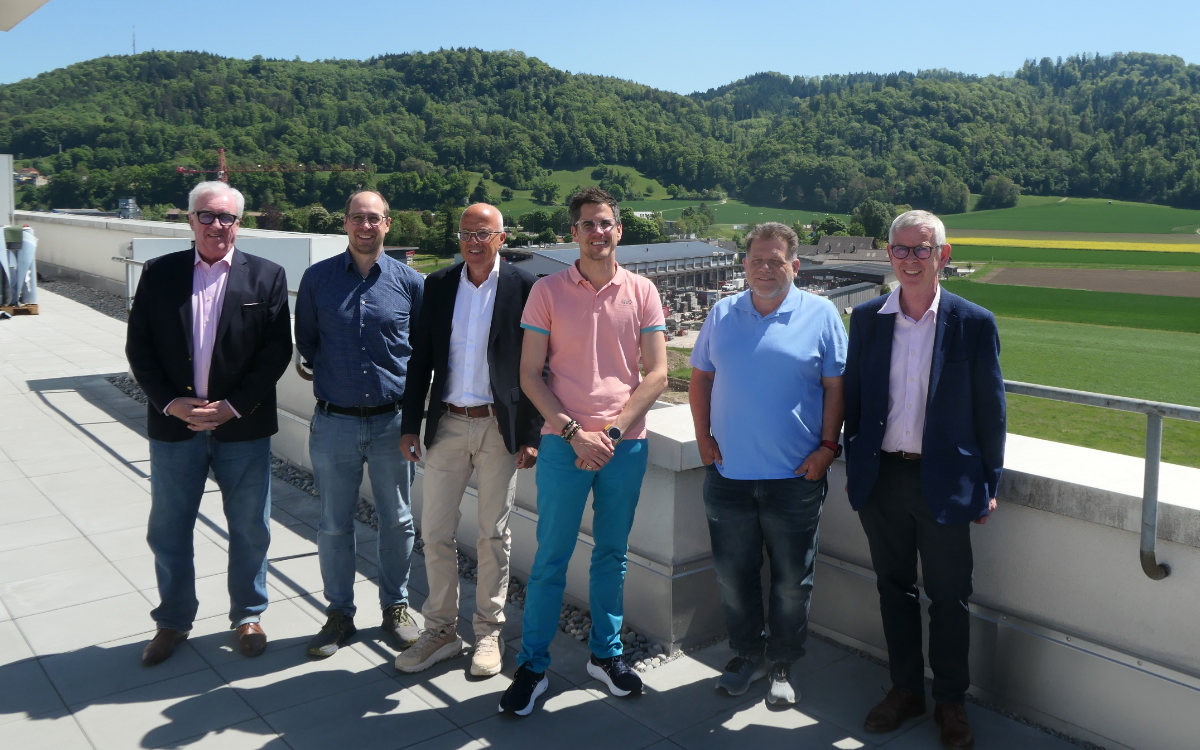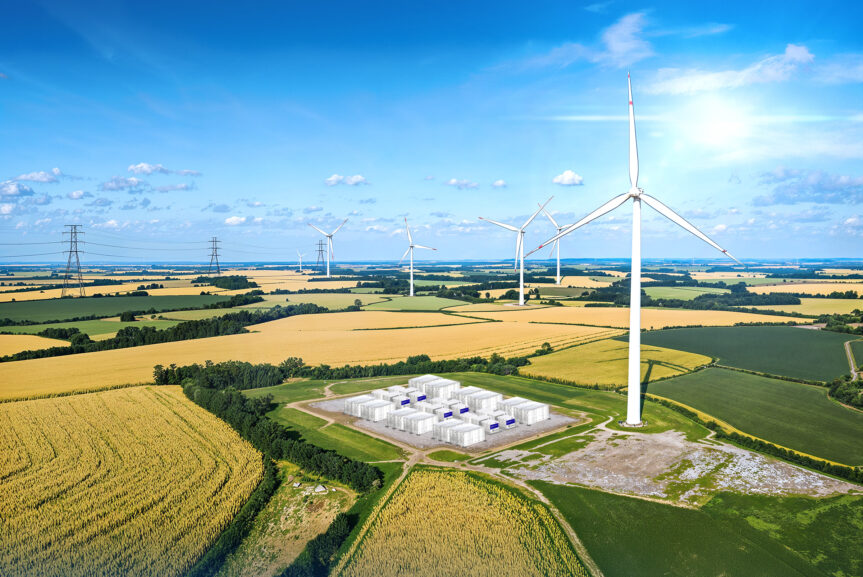Swedish energy storage company Ingrid Capacity said it has been building its data team and capabilities in software and AI over the past six months. It is creating tools specifically for grid analysis, trading and optimisation linked to flexible energy assets.
Andreas Langholz has joined and will lead on defining the technical strategy. He spent six years at QuantumBlack (McKinsey’s AI division), where he led their efforts on AI in energy and the industrials in the Nordics. He holds triple master’s degrees in computer science, game theory and statistics, and economics.
Axel Holmberg, CEO of Ingrid Capacity, said: “Owning and optimising our flexible assets in a smart way is a crucial part of our strategy and our license to win. This allows us not just to optimise the lifetime value of our systems, but also to be a better partner for the grid operators and the power system at large.”
Its infrastructure will act as the ‘muscles’ for the electricity grid, while the software systems will be the ‘brains’, it said.
It added that tech and data professionals are making up an increasing share of the company. By 2030, Ingrid Capacity expects to have 150-200 employees, with the data team being the largest.
Langholz said: “I believe that we soon will see mixtures of AI-generated features, scenarios etc. solved with specialised models. It’s a topic we are actively researching, for example, by looking into combining energy network simulations and visual recognition systems to identify potential for improvements in the grid infrastructure.”
Ingrid is constructing 14 utility-scale systems with a capacity of over 200MW/200MWh, set to go live this autumn. The company is also about to commence the construction of another 200MW/200MWh in Sweden. It has a pipeline totalling more than 7GW across Europe. The goal is to reach 8GW installed capacity in Europe by 2030.












